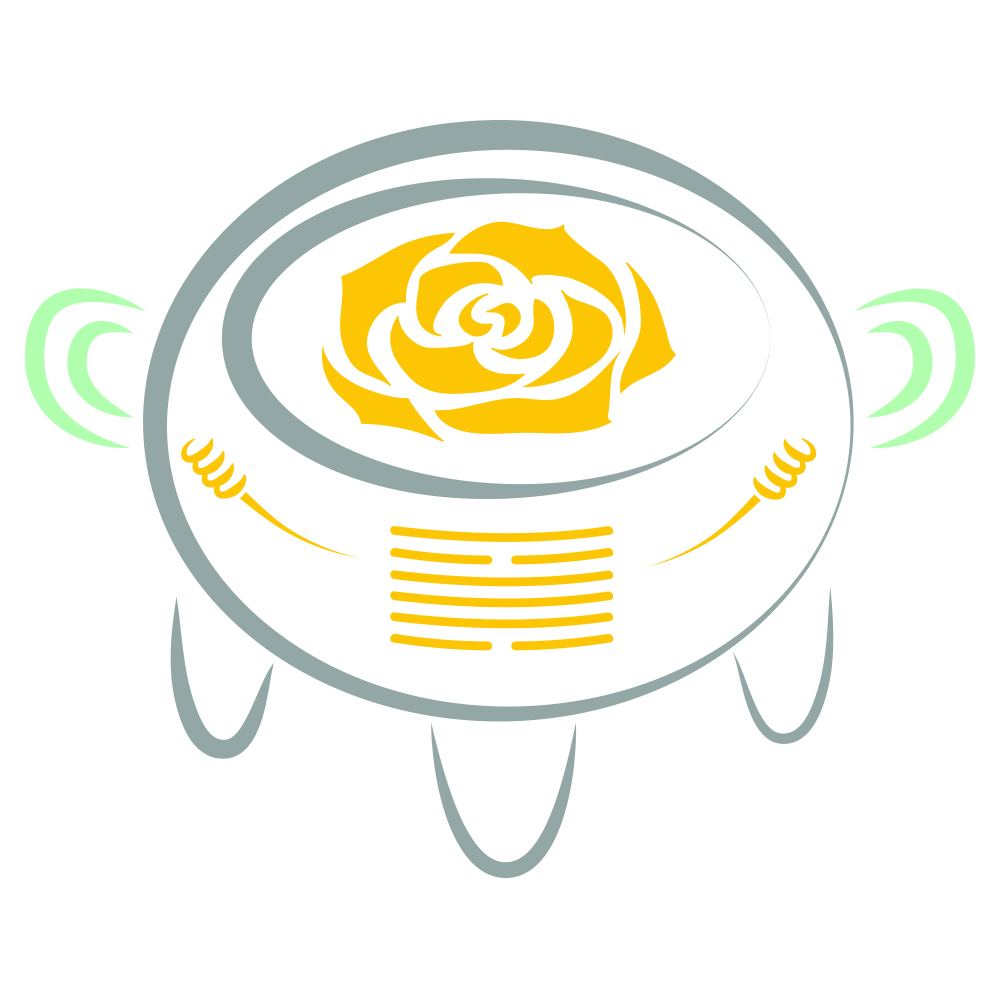In February, LBCA hosted Pam Chotiswatdi, MPH, for an event titled, "Cannabis Basics for the Cannabis Curious". We had such positive feedback after this event that we asked Pam to share the information she presented for those who missed it. The following is what Pam had to say about the event.
It was a pleasure to facilitate the first "Cannabis Basics" workshop at Long Beach Community Acupuncture. I’ve always been a cannabis supporter, but never an active advocate until I was studying for my Masters of Public Health degree. During this time I had access to a range of studies, reports, and data, and started to look deeper at the cannabis movement, related policy history, and scientific studies.
I observed in my readings a fair amount of misinformation as well as data that was skewed by bias (arising from stigma surrounding cannabis). I also felt there was a lack of a community perspective and that reports from the "cannabis sector" did not tell the whole story.
For this reason, I make a point to share the whole story surrounding cannabis when I speak to communities. The following is a summary of our discussion into Cannabis History & Law, Science, Purpose, and Advocacy.
- Pam C.
Read More:
Click here to read more about Cannabis History & Law
Click here to read more about Cannabis Science & Research
Click here for a Discussion of Medical vs. Recreational Cannabis Use & Public Health Concerns
*DISCLAIMER: It is important that clients rely on advice from their healthcare practitioner to employ sound clinical judgment for their specific conditions. This information is not intended to be a substitute for the advice of a healthcare practitioner nor a recommendation of any particular treatment plan. Please consult with your physician or healthcare practitioner for professional advice pertaining to your particular disease state.
More About Pam: I am a big believer in credibility – academic and street. So, a little about me: Born in Downey, California, I moved around a bit to surrounding cities and counties with my family and then on my own. I moved to Long Beach while earning an undergrad at CSULB – Go Beach! I have spent the last 16 years in Long Beach. I married a Long Beach local and I call the city by the sea my home. I earned a masters degree in public health, specifically in health education in January 2017 and transitioned careers--from being a 10-year editor at a local publication to helping a Long Beach nonprofit. Most recently, I took a key position to help the cannabis industry with health education. Find my blog CannabisCloset.org and on Instagram @cannabiscloset and Twitter @canabiscloset
